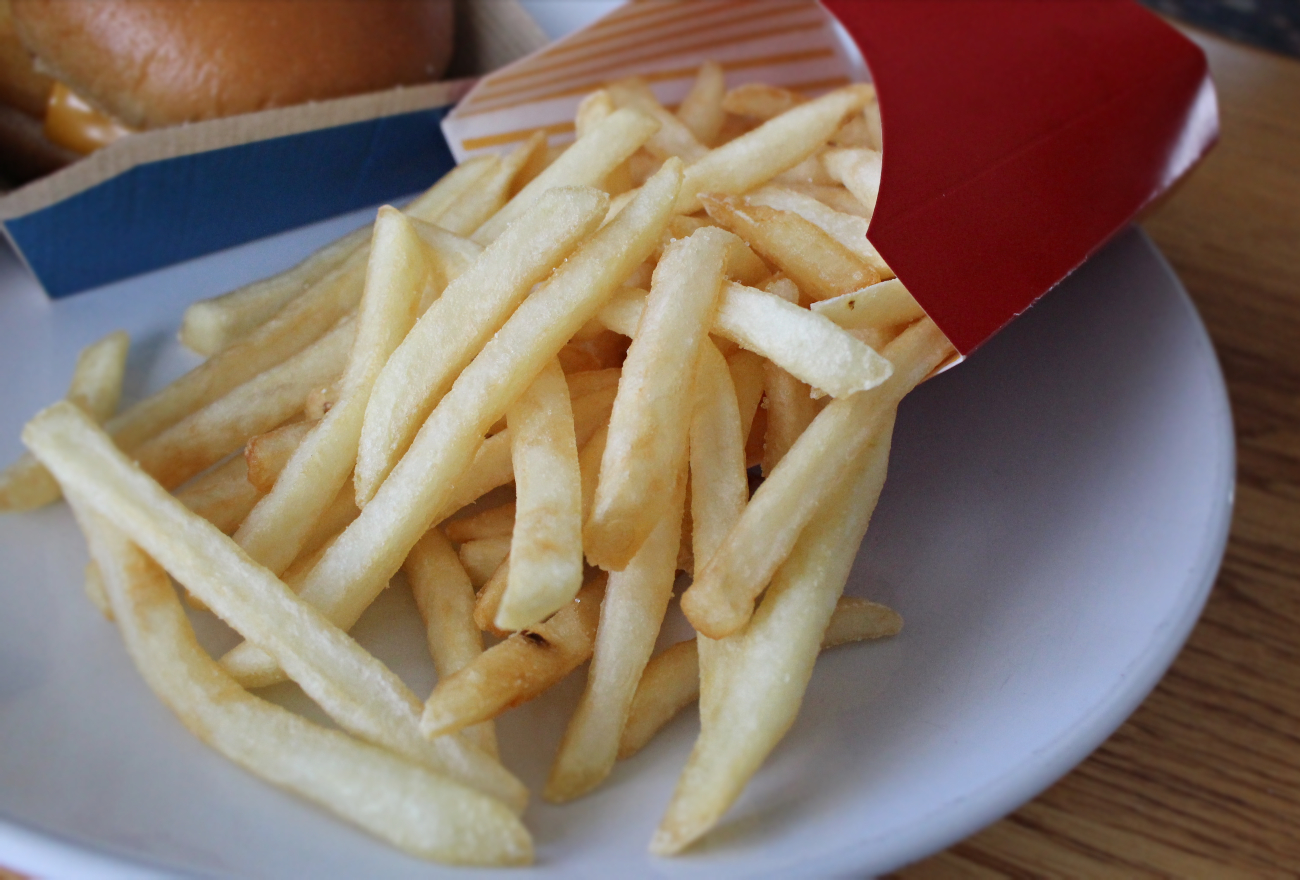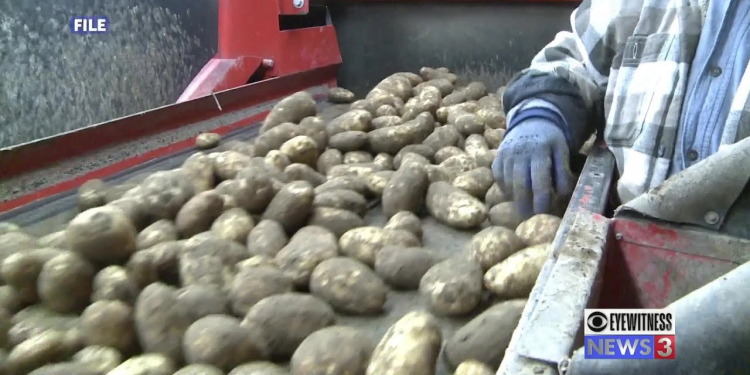The USDA’s Economic Research Service (ERS) released its bi-annual vegetable situation and outlook report in April.

As pandemic-related restrictions continue to lighten, the USDA foresees demand for potatoes and potato products to see increased demand for the remainder of 2021. Though retail sales of potatoes have been robust over the past year, foodservice demand has been well below normal.
From the USDA ERS report:
“Assuming the impact of the pandemic begins to wane in the second half of 2021, potatoes and potato products may see a burst of demand as consumers resume some of their pre-pandemic activities such as travel and away-from-home dining.
“The restaurant industry expects sales to rebound by 11% from last year’s low level but remain 15% below the pre-pandemic level of 2019 due to the thousands of restaurant units that closed permanently. Increases in potato product consumption will be served by rising domestic production, drawdown of processed stocks, or further gains in imports. Potato prices in 2020 (down about five percent from a year earlier) do not appear to be strong enough to take significant area away from higher-priced field crops, implying that any gain in national acreage this spring will likely be modest, with most emanating from increasing processor contracts. The first official indication of 2021 potato area will be released by USDA’s National Agricultural Statistics Service in the June 30 acreage report.

“According to preliminary data, 2020 per capita domestic availability of all vegetables, potatoes, sweet potatoes, pulse crops and mushrooms rose 3% to 390 pounds. Availability rose for fresh and processing vegetables, was about steady for potatoes, and declined for pulse crops and mushrooms. Much of the gain in availability was served by increased imports as aggregate domestic production was steady. Per capita vegetable availability is expected to increase in 2021 as vaccinations become widespread, employment rises, and consumers can enjoy more pre-pandemic activities and behaviors. In the year ahead, increased consumer spending on away-from-home meals will help buoy demand for vegetables, especially those with closer ties to foodservice meals such as french fries, tomato catsup and coleslaw.”








